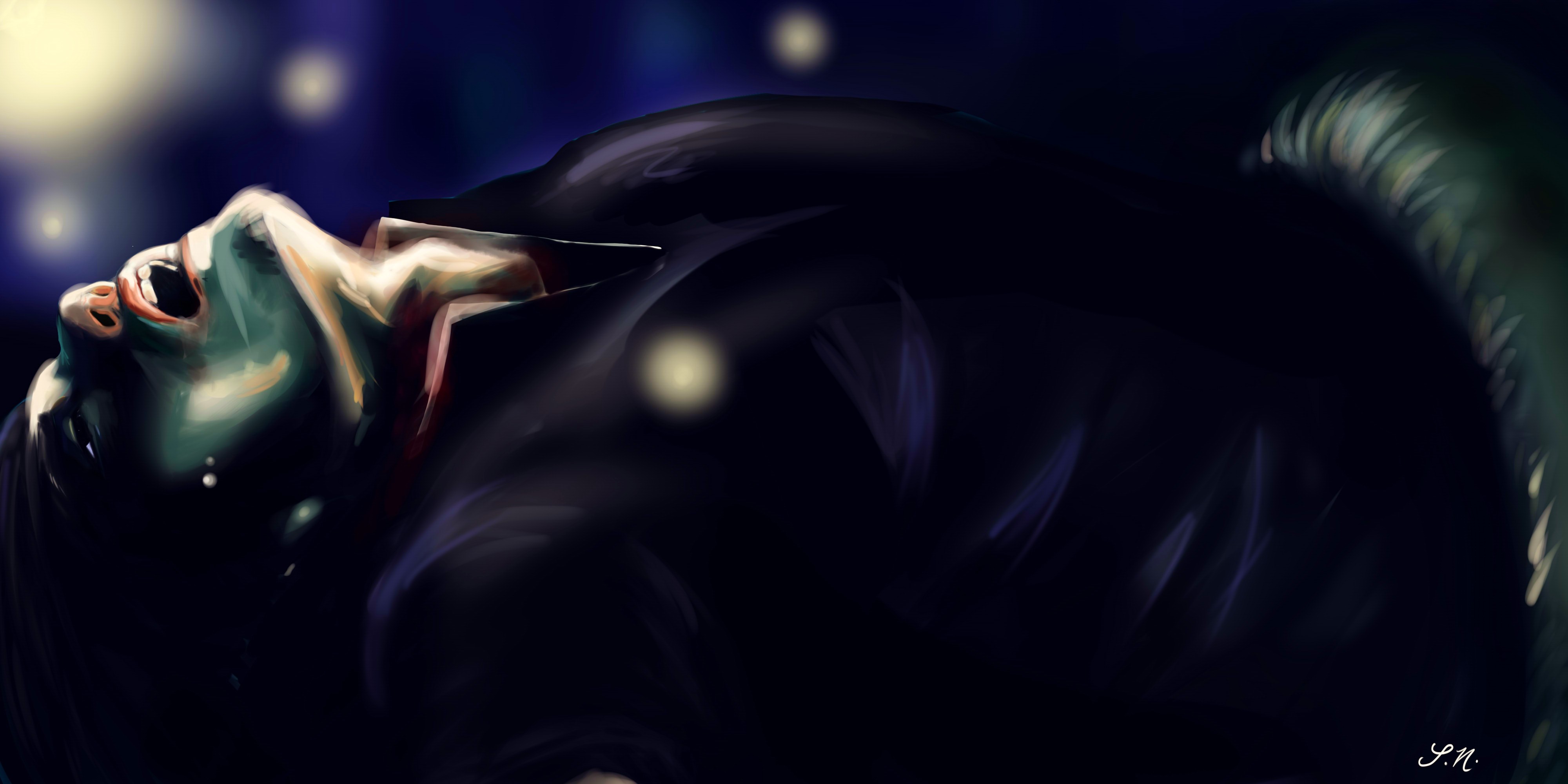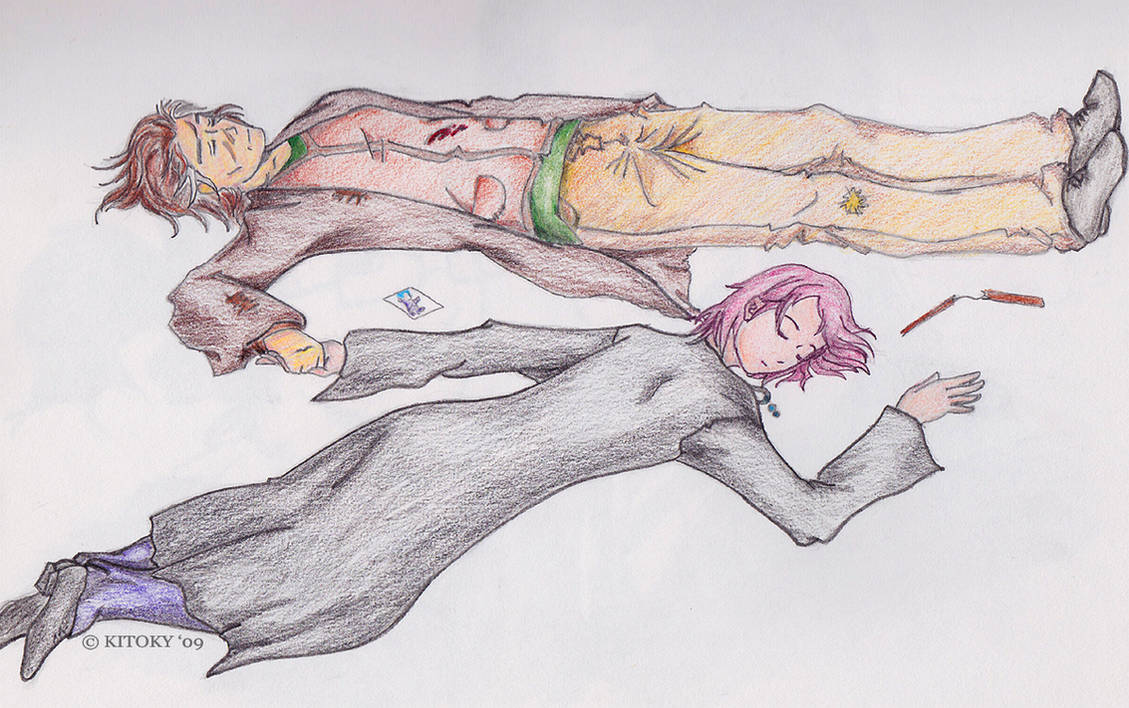The last time I wrote about this chapter, I focused on Harry’s interaction with Hagrid and on Hagrid’s explanation of Harry’s magic:
I really don’t have much to add, except that in this chapter, in the hut on the rock, Harry finally gets to read the letter that has been following him around for the past week. In contrast to Hagrid’s air of familiarity and intimacy, the letter itself is pretty straightforward and unsentimental:
Dear Mr. Potter,
We are pleased to inform you that you have been accepted at Hogwarts School of Witchcraft and Wizardry. Please find enclosed a list of all necessary books and equipment.
Term begins on September 1. We await your own no later than July 31.
Yours sincerely,
Minerva McGonagall,
Deputy Headmistress
I think we can assume that Lily’s letter was pretty much the same, though we don’t know who signed it. We do know, though, that Lily’s letter set Petunia off. As Petunia recalls:
Oh, she got a letter just like that and disappeared off to that — that school — and came home every vacation with her pockets full of frog spawn, turning teacups into rats. I was the only one who saw her for what she was — a freak.
What Petunia does not tell Harry or Hagrid (and what Harry won’t know for another 7 years) is that Petunia begged Dumbledore to allow her to go to Hogwarts alongside Lily. Petunia did not see Lily as a freak until Petunia felt left out. Lily’s letter, in other words, created the rift between the sisters, a rift that we do not see on that swingset in Snape’s memory of Cokeworth. Her own envy created it. Harry receiving his letter can only exacerbate that envy and the resulting rift.
The Hogwarts acceptance letter, though, is not supposed to cause so much drama (and trauma). It’s supposed to be a source of joy for the family. I got to have a bit of fun a few years ago writing the response of a different family when their half-blood daughter receives her letter. The entry was for contest called “A Year in the Life of a Hogwarts Student.” You can find the story originally posted here. Have fun…
The Secret Spell
The letter arrived just as mum started the seventh song in her step routine.
“RIGHT-KICK-2-3-4!
LEFT-KICK-2-3-4!
Now LEFT-ELBOW – RIGHT KNEE – 3-4.
RIGHT-ELBOW – LEFT-KNEE – 3-4.
FIST-PUMP LEFT – 3-4.
FIST-PUMP RIGHT – 3-4.”
When the owl emerged from the chimney, it connected with her right pumped fist, sending feathers flying. The startled bird screeched, dropped the letter, and darted back up the chimney to escape the Mad Muggle!
When mum saw the emerald-green ink on the envelope, she collapsed in a heap on the floor. “It’s your letter,” she blubbered. “Your letter from Hogwarts.”
She was such a sight that I barely had the presence of mind to run over and rip the letter out of her hands before she smudged the ink with tears!
Mum knew our world. She’d mingled with the witches during promotional tours for the Quidditch World Cup and heard dad do interviews about the fabled Battle of Hogwarts. The Daily Prophet called him a war hero, but he never thought he did anything special (“just what was needed to defend the castle”). Still, he had been the one to cast the secret spell.
Dad was the youngest survivor – the 4th year who snuck back in with Professor Slughorn and hid behind the rubble. When he emerged at the start of Voldemort’s one-hour truce, Professor McGonnagall found eight befuddled Death Eaters lying prostrate beside his hiding place, unable even to remember their names. So she allowed him to remain. Not one of those Death Eaters has since recovered enough of his wits to stand trial, and they are all still rotting in the prison ward at St. Mungo’s.
Dad never told the Ministry what spell he used, and they never asked specifics. He called it “Just something Professor Snape taught me a couple weeks before Dumbledore died, during a detention for casting a JellyLegs on that Malfoy prat in the Common Room.”
That’s why he gets interviewed every year on the anniversary by The Daily Prophet and even got recruited to appear in the first “Battle of Hogwarts Heroes Tour” when he was 17. That was the one where the Wizarding Wireless brought the Castle Defenders together to retrace the steps of Harry Potter in the wilderness and interview them on how it felt to “Walk where Harry Walked on (roughly) the Days that Harry Walked There.” Dad said it was a load of rubbish. Just publicity for the Wireless. But that’s how he met my mum – on the Heroes Tour, on Boxing Day, in a village beside the Forest of Dean.
She was an innkeeper’s daughter. He was a Pureblood Wizard whose family hadn’t spoken with him since the Battle. She taught him about Muggles. He taught her about Wizards. And he’d prepared her for my letter since the day I made the television turn on from two rooms down the hall.
“She’ll get a letter from Hogwarts School of Witchcraft and Wizardry when she’s eleven years old,” he’d declared nearly once every week since then. And then he would turn to quiz me on all the House colors and mottoes before adding proudly: “It’s addressed in emerald-green ink – like the colors of Slytherin House.”
He always found the ink color amusing since his own letter had been addressed in Slytherin-green by the Head of Gryffindor. Mine would be addressed by someone else.
He wasn’t much help, though, when I asked why mum got all teary-eyed over my letter. He’d floo’d in from Glastonbury during an outreach to “At-Risk Pureblood Youth in the West Country” after his Hogwarts contacts told him that my owl went out. Mum’s eyes were puffy when he walked out of the fireplace, and I was in the kitchen with my head down, asking why she couldn’t just be happy.
Dad thought it must be because of something the Muggles called “empty-nest syndrome” (he got that idea from her telly). But that explanation made no sense since my little sister and brother weren’t going anywhere!
Finally, I just asked her.
“Oh, love, I am happy for you!” she replied, getting weepy once again. “And proud,” she smiled through the tears. “And excited!
“I’ll go with you and dad to Diagon Alley for your school supplies,” she added with a kiss. “And to the Platform to catch the school train,” she brushed the hair out of my eyes with her fingertips. “And I’ll try very, very hard not to embarrass you again with any tears. But it’s just that you’re the first to go, and you’ll be gone such a very long time.”
Once mum’s eyes dried, the blonde woman from the Daily Prophet arrived at our doorstep, demanding to interview the “Halfblood girl about how exciting it must be to follow her father’s footsteps.”
No sooner did the reporter start asking if I already knew any secret spells than my dad yelled “Not my daughter, you lying witch!” and disarmed her Quick-Quotes Quill with one of his own secret spells. He was threatening to stomp any beetles found on the property when we heard the pop. Dad said she “just apparated back to whatever rock she crawled out from.”
Dad had sheltered the family from his notoriety since before I was born, but that part of my life was clearly done.
“I’m afraid Hogwarts will be hard on you,” he warned me that night. “People will try to get close to you and learn more about the secret spell. And they’ll ask why Professor Snape entrusted it to me. That’s something I don’t even know! Maybe he used Legilimency, to find out where my loyalties really lay. No matter, though. You’ll be under a lot pressure. Do you still want to go? We could send you to Beauxbatons.”
“Oh daddy!” I cried. “I’ve been waiting for Hogwarts forever! To live inside the castle and learn magic where you learned it! What’s a little pressure? And now I’ve got my letter! Please don’t take it away from me!”
Then I hesitated before continuing, “But there’s still one thing I’d like to know.”
“Yes?”
“Did Professor Snape give you the counter-curse?”
Dad twisted his mouth into a mischievous little grin. “Now, that, my dear, would be telling.”
At-Home Video Reading: If you want to hear / watch this chapter read by Simon Callow, Bonnie Wright (Ginny), and Evanna Lynch (Luna), check out Chapter 5: Diagon Alley at Wizarding World.

 =
=
